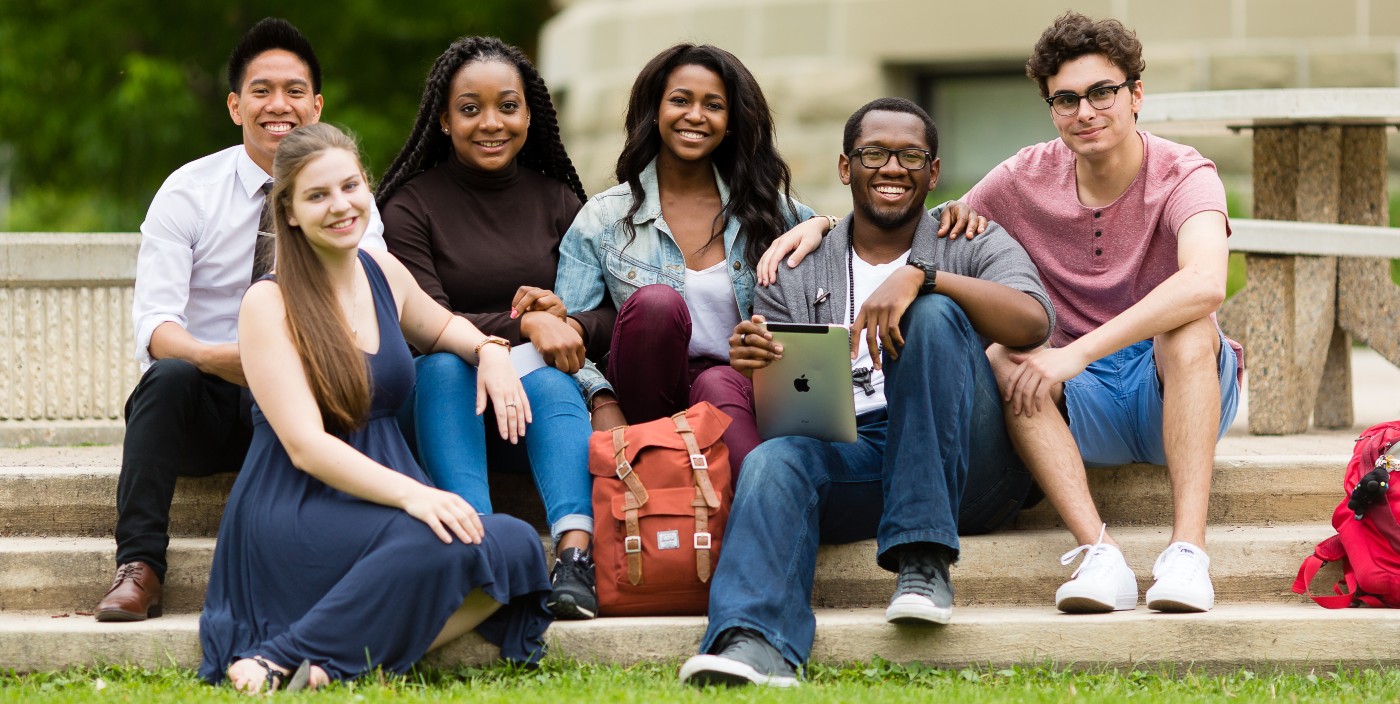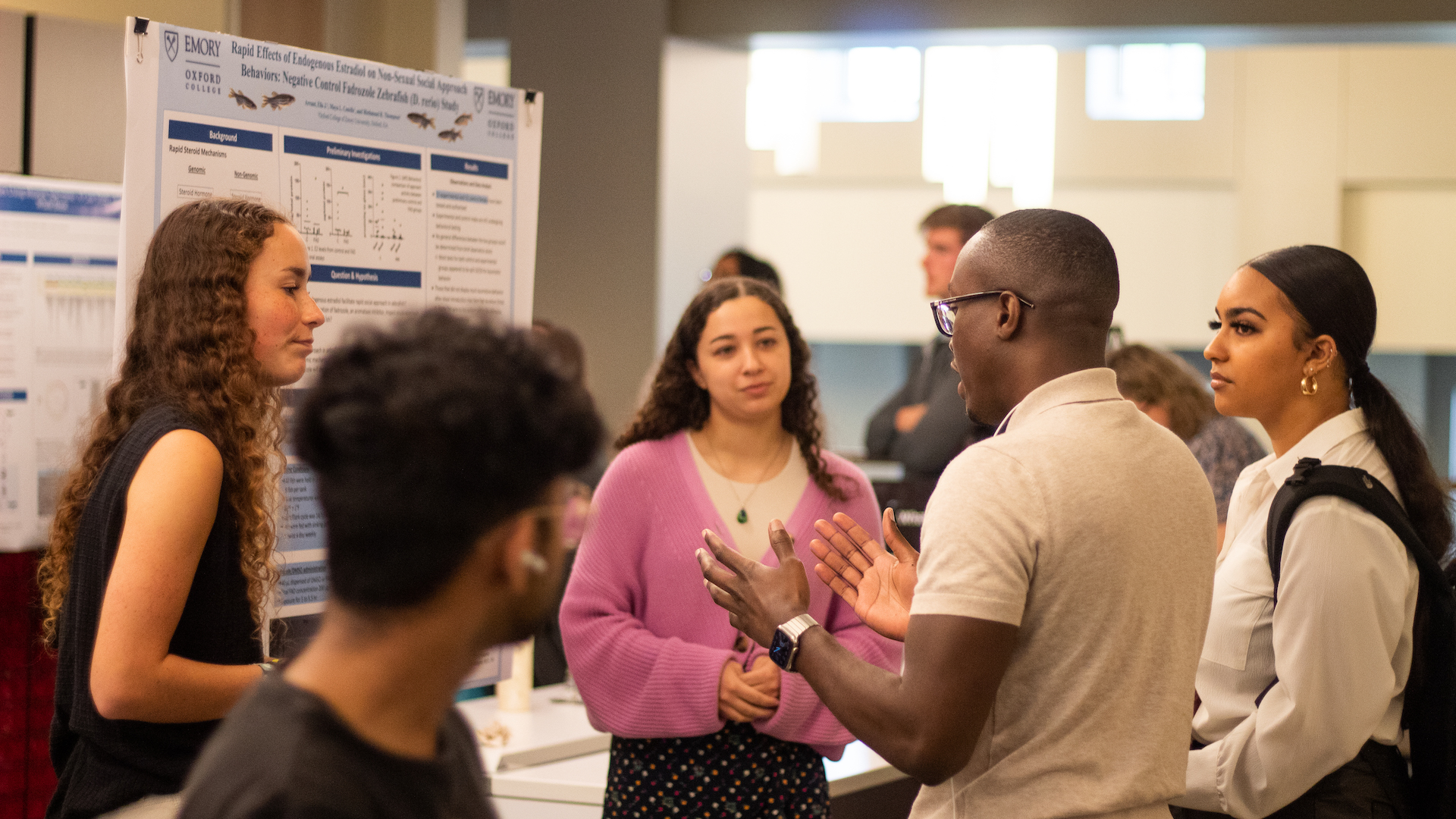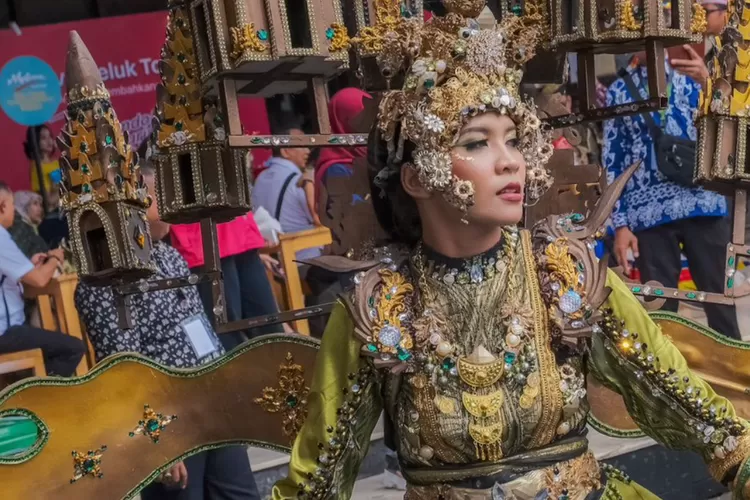
JAKARTA, inca.ac.id – Creative expression is a fundamental aspect of human experience, allowing individuals to communicate thoughts, emotions, and ideas through various artistic mediums. In the context of university education, fostering creative expression is essential for developing well-rounded individuals capable of critical thinking, innovation, and adaptability. This article explores the significance of nurturing artistic talents in universities, the benefits of creative expression in educational settings, and practical strategies for promoting artistic growth among students.
The Importance of Creative Expression in Higher Education

1. Enhancing Critical Thinking
Creative expression encourages students to think outside the box. When students engage in artistic endeavors, they learn to analyze their work, experiment with different approaches, and reflect on the outcomes. This process of exploration fosters critical thinking skills as students learn to evaluate their choices and consider alternative perspectives. For instance, a student studying visual arts might experiment with color theory and composition, leading to a deeper understanding of how these elements influence viewer perception.
2. Promoting Emotional Well-being
Artistic expression serves as a powerful outlet for emotions. University life can be stressful, and many students face challenges such as academic pressure, social anxiety, and personal issues. Engaging in creative activities, whether through painting, writing, music, or theater, can provide a therapeutic release. Research has shown that artistic pursuits can reduce stress and anxiety, enhance mood, and promote overall mental health. For example, a student who participates in a drama club may find that expressing their emotions through performance helps them cope with personal challenges.
3. Encouraging Collaboration and Community
Creative expression often thrives in collaborative environments. Universities can create spaces for students to work together on artistic projects, fostering a sense of community and belonging. Group activities, such as collaborative art installations or theater productions, encourage students to communicate, share ideas, and support one another. This collaborative spirit not only enhances the creative process but also builds strong interpersonal skills that are valuable in both academic and professional settings.
4. Cultivating Innovation and Problem-Solving Skills
The creative process inherently involves problem-solving. Artists frequently encounter challenges that require innovative solutions, whether it’s overcoming technical difficulties in a painting or finding a unique angle for a research project. By encouraging creative expression, universities can help students develop resilience and the ability to think critically about problems. For instance, a music student might face the challenge of arranging a complex piece for a small ensemble, requiring them to think creatively about instrumentation and harmony.
The Role of University Programs in Fostering Creative Expression
1. Interdisciplinary Approaches
Universities can foster creative expression by promoting interdisciplinary programs that combine the arts with other fields of study. For example, a program that integrates art and technology can encourage students to explore digital media, animation, and interactive design. This approach not only broadens the scope of creative expression but also prepares students for careers in emerging fields that require a blend of artistic and technical skills.
2. Dedicated Spaces for Artistic Exploration
Creating dedicated spaces for artistic exploration is essential in fostering creative expression. Universities can establish studios, galleries, and performance spaces where students can experiment with their craft. These spaces should be equipped with the necessary tools and resources, allowing students to pursue their artistic interests freely. For instance, a university might offer a multimedia lab where students can work on video projects, photography, or graphic design.
3. Workshops and Masterclasses
Offering workshops and masterclasses led by experienced artists and industry professionals can significantly enhance students’ artistic skills. These sessions provide valuable insights and techniques that students may not learn in traditional classroom settings. Additionally, they offer networking opportunities, allowing students to connect with professionals in their field. For example, a writing workshop led by a published author can inspire aspiring writers and provide them with constructive feedback on their work.
4. Encouraging Participation in Arts Organizations
Universities can support student-led arts organizations that promote creative expression on campus. These organizations can host events, exhibitions, and performances, providing students with opportunities to showcase their talents. By encouraging participation in these groups, universities foster a vibrant arts culture that enriches the campus experience. For instance, a student-run theater group can produce original plays, giving students a platform to express their creativity and collaborate with peers.
The Impact of Creative Expression on Career Readiness
1. Building a Versatile Skill Set
Engaging in creative expression equips students with a versatile skill set that is highly valued in today’s job market. Employers often seek individuals who can think critically, adapt to new situations, and communicate effectively. Artistic pursuits help students develop these skills, making them more competitive candidates for a wide range of careers. For example, a student who has honed their graphic design skills through creative projects may find opportunities in marketing, advertising, or web design.
2. Fostering Entrepreneurial Mindsets
The creative process often involves experimentation and risk-taking, qualities that are essential for entrepreneurship. By encouraging students to explore their artistic talents, universities can help cultivate an entrepreneurial mindset. Students who engage in creative expression may be more inclined to start their own businesses or pursue freelance opportunities in fields such as design, writing, or music. For instance, a student who creates a successful online portfolio showcasing their artwork may attract clients and establish a thriving freelance career.
3. Networking and Collaboration Opportunities
Participating in creative projects and organizations allows students to build valuable connections within their field. Networking is crucial for career advancement, and universities can facilitate these connections by hosting events, exhibitions, and guest lectures. By connecting students with industry professionals, universities help them gain insights into potential career paths and establish relationships that may lead to internships or job opportunities.
Strategies for Enhancing Creative Expression in Universities
1. Integrating Arts into the Curriculum
Incorporating creative expression into the core curriculum can benefit students across disciplines. For example, courses that blend art with science, such as bio-art or environmental design, can encourage students to think creatively about complex issues. This integration not only enhances students’ understanding of their primary field of study but also fosters a culture of creativity throughout the university.
2. Supporting Diverse Artistic Mediums
Universities should support a wide range of artistic mediums to cater to diverse interests. From visual arts and music to dance and literature, providing resources and opportunities for various forms of creative expression ensures that all students can find their niche. This inclusivity fosters a sense of belonging and encourages students to explore their artistic passions without limitations.
3. Hosting Creative Competitions and Showcases
Organizing creative competitions and showcases can inspire students to push their boundaries and share their work with the community. These events provide a platform for students to gain recognition for their talents and receive constructive feedback from peers and faculty. For example, a university might host an annual art exhibition where students can display their artwork, fostering a sense of pride and accomplishment.
4. Encouraging Reflection and Feedback
Creating a culture of reflection and feedback is vital for artistic growth. Universities can implement peer review processes, where students provide constructive feedback on each other’s work. This practice not only helps students improve their skills but also fosters a supportive community that values collaboration and growth. Additionally, encouraging students to reflect on their creative processes can deepen their understanding of their artistic journey.
Conclusion
Fostering creative expression in universities is essential for developing well-rounded individuals who are prepared to navigate the complexities of the modern world. By promoting artistic talents, universities enhance critical thinking, emotional well-being, and collaboration among students. Through interdisciplinary approaches, dedicated spaces, workshops, and student-led organizations, institutions can create an environment that nurtures creativity and innovation.
Moreover, the impact of creative expression extends beyond the classroom, equipping students with valuable skills for their future careers. By integrating arts into the curriculum, supporting diverse mediums, hosting competitions, and encouraging reflection, universities can cultivate a vibrant arts culture that enriches the educational experience.
As we continue to recognize the importance of creative expression in higher education, it is crucial to prioritize and invest in initiatives that empower students to explore their artistic talents. In doing so, we not only enhance their university experience but also prepare them to contribute meaningfully to society as innovative thinkers and creators. Ultimately, fostering creative expression is not just about nurturing artists; it is about shaping a generation of individuals who can envision and create a better future for all.
Improve Your Abilities: Explore Our content on Knowledge
Take a Look at Our Latest Article on Language Acquisition!
#Artistic Talents in Universuty #Creative Expression #creativity tips #Fostering Artistic Talents #university experience







